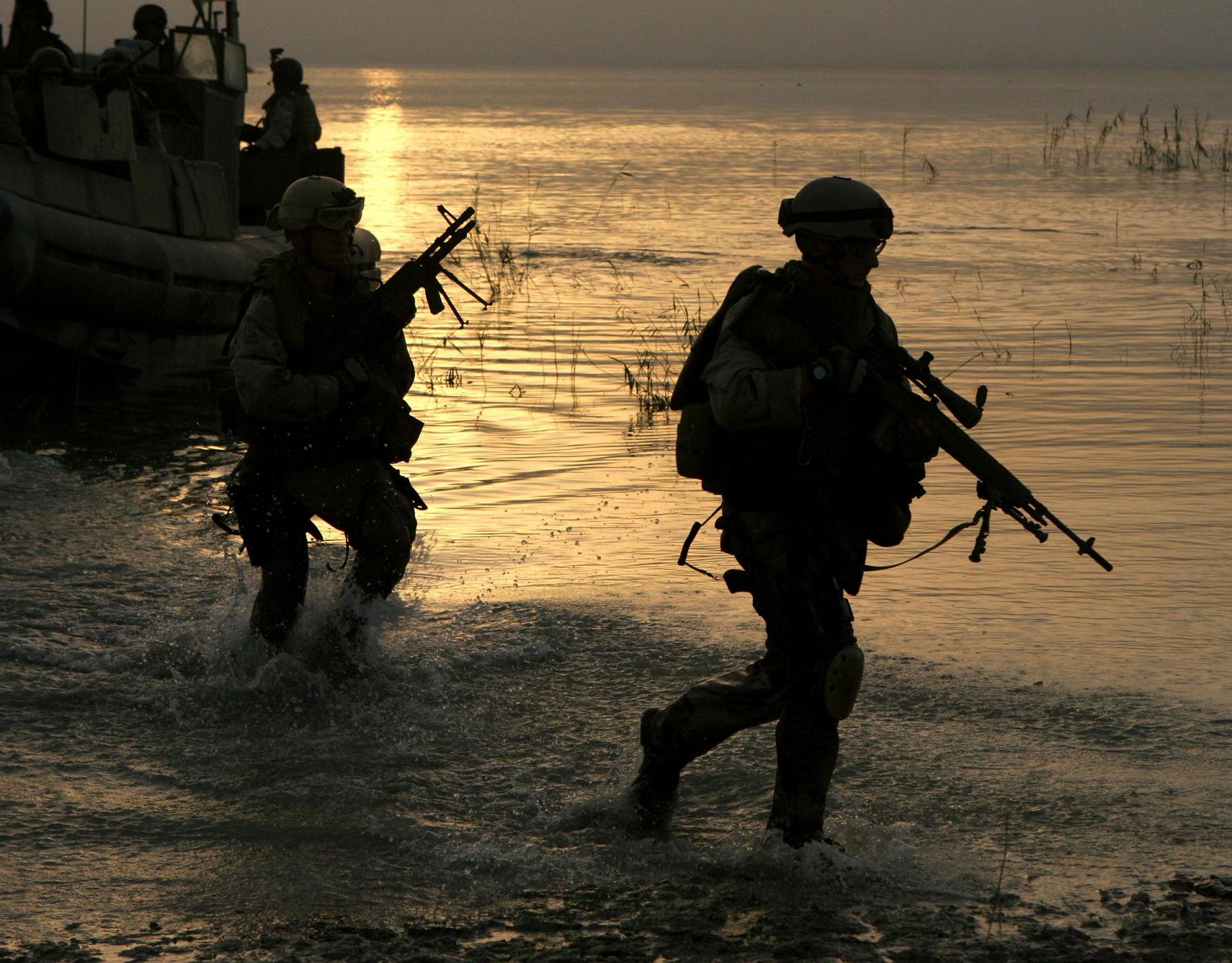- Reaction score
- 7,350
- Points
- 1,160
Currently the RCN operates the following fleet of “capital” ships (very broadly defined):
4x SSK (complement of 48 for a total of 192, displacing 2400 tons with a range of 19,000 km)
2x AOR (complement of 365 for a total of 730, displacing 24,000 tons with a range of 14,000 km)
3x DDH (complement of 280 for a total of 840, displacing 5100 tons with a range of 8,300 km)
12x FFH (complement of 225 for a total of 2700, displacing 5000 tons with a range of 17,600 km)
12x MCDV (complement of 31 for a total of 372, displacing 1000 tons with a range of 9,200 km)
Total Hulls = 33
Total Tonnage = 145,000
Total Sea Berths = 4835
Total Crew = 4835 (including air dets)
Free Berths = 0
Total Medium Helicopter Landing Spots = 17
Total Medium Helicopter Berths = 24
Alternate Fleet Composition:
4x SSK (complement of 48 for a total of 192, displacing 2400 tons with a range of 19,000 km)
4x JLSS (complement of 150 for a total of 600, displacing 28,000 tons with a range of 18,000 km) (HNLMS Karel Doorman)
4x CLS (complement of 100 for a total of 400, displacing 6300 tons with a range of 17,000 km) (HDMS Absalon)
8x AAD (complement of 101 for a total of 808, displacing 6600 tons with a range of 17,000 km) (HDMS Iver Huitfeldt)
16x OPV (Complement of 57 for a total of 912, displacing 3700 tons with a range of 9,200 km) (HNLMS Holland)
8x AOPS (complement of 45 for a total of 360, displacing 5900 tons with a range of 12,500 km) (new design)
Total Hulls = 44
Total Tonnage = 305,000
Total Sea Berths = 5624
Total Crew = 3272 (excluding air dets)
Free Berths = 2352 (~4000 austere)
Total Medium Helicopter Landing Spots = 40
Total Medium Helicopter Berths = 60
Total Crew Requirements (Current) = 4835 (including air dets)
Total Crew Requirements (Projected) = 3272 (including air dets)
Crewing difference = 1563
Air Det allowance for existing vessels = 400
Recovered PYs = 1163
Proposal:
Allocate the recovered PYs to a Marine Light Infantry regiment of 2 battalions.
This would increase the infantry available to government by approximately 25% while maintaining the number of sea going trades.
The MLI would be available for boarding parties, anti-piracy patrols, NEO , raiding and conventional Light Infantry taskings.
Note: In my opinion the Holland class OPV is at least as capable a platform as the old St-Laurent class DDEs that sailed the North Atlantic for some 30 years.
4x SSK (complement of 48 for a total of 192, displacing 2400 tons with a range of 19,000 km)
2x AOR (complement of 365 for a total of 730, displacing 24,000 tons with a range of 14,000 km)
3x DDH (complement of 280 for a total of 840, displacing 5100 tons with a range of 8,300 km)
12x FFH (complement of 225 for a total of 2700, displacing 5000 tons with a range of 17,600 km)
12x MCDV (complement of 31 for a total of 372, displacing 1000 tons with a range of 9,200 km)
Total Hulls = 33
Total Tonnage = 145,000
Total Sea Berths = 4835
Total Crew = 4835 (including air dets)
Free Berths = 0
Total Medium Helicopter Landing Spots = 17
Total Medium Helicopter Berths = 24
Alternate Fleet Composition:
4x SSK (complement of 48 for a total of 192, displacing 2400 tons with a range of 19,000 km)
4x JLSS (complement of 150 for a total of 600, displacing 28,000 tons with a range of 18,000 km) (HNLMS Karel Doorman)
4x CLS (complement of 100 for a total of 400, displacing 6300 tons with a range of 17,000 km) (HDMS Absalon)
8x AAD (complement of 101 for a total of 808, displacing 6600 tons with a range of 17,000 km) (HDMS Iver Huitfeldt)
16x OPV (Complement of 57 for a total of 912, displacing 3700 tons with a range of 9,200 km) (HNLMS Holland)
8x AOPS (complement of 45 for a total of 360, displacing 5900 tons with a range of 12,500 km) (new design)
Total Hulls = 44
Total Tonnage = 305,000
Total Sea Berths = 5624
Total Crew = 3272 (excluding air dets)
Free Berths = 2352 (~4000 austere)
Total Medium Helicopter Landing Spots = 40
Total Medium Helicopter Berths = 60
Total Crew Requirements (Current) = 4835 (including air dets)
Total Crew Requirements (Projected) = 3272 (including air dets)
Crewing difference = 1563
Air Det allowance for existing vessels = 400
Recovered PYs = 1163
Proposal:
Allocate the recovered PYs to a Marine Light Infantry regiment of 2 battalions.
This would increase the infantry available to government by approximately 25% while maintaining the number of sea going trades.
The MLI would be available for boarding parties, anti-piracy patrols, NEO , raiding and conventional Light Infantry taskings.
Note: In my opinion the Holland class OPV is at least as capable a platform as the old St-Laurent class DDEs that sailed the North Atlantic for some 30 years.

